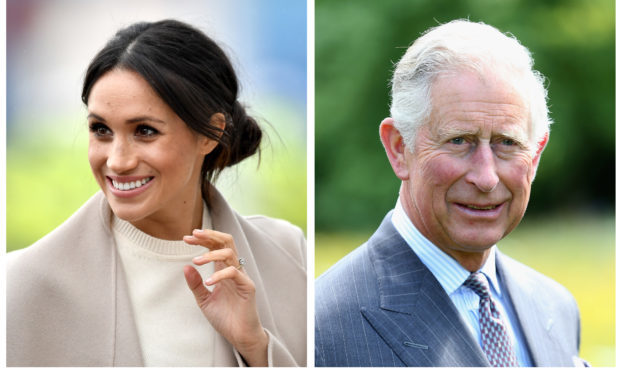Gender equality has been transformed over the past century, giving women the right to vote, run for election, open a bank account and make decisions about their reproductive health, with many sexist norms falling out of favour.
Except when it comes to weddings, it seems. Much fuss has been made about Meghan Markle walking herself down the aisle, to be met by Prince Charles who walked her the rest of the way as her own father was unable to attend.
It struck me as odd to hear it being labelled it as a radical, feminist statement, as though it’s something so rare, so unexpected and so against the status quo.
After all, in this country it is accepted that women are not the property of men, so why is there still an absolute expectation that a bride will be “given” away by a man to another man?
It’s a concept I’ve really struggled with since I got engaged in September and started planning my own wedding. I wanted to feel like a proper bride and retain some of the nice and fun elements of a traditional wedding, but without compromising my beliefs about equality.
That turned out to be a minefield. “Aren’t there any other male relatives you could ask?” enquired people, puzzled as I explained that my mum, a widow who has brought me up single-handedly, will be accompanying me down the aisle and making a speech.
I did consider walking by myself but I wanted my nearest and dearest – my mum and my bridesmaids – to be involved.
So I’d mumble something about my uncles living too far away, not wanting to get into a debate about feminism with someone who was just making small talk.
Next came the surname dilemma – do I take his, keep mine, or double-barrel? I decided to follow my instinct which told me that I’m uncomfortable giving up my name, a symbol of my national identity, and taking on someone else’s. Because, no matter how much I love my fiancé and whatever way I try to couch it, it would feel like an act of submission that I would only end up resenting.
This, too, caused some raised eyebrows and, to my surprise, led to a bit of a “groomzilla” moment. My liberal, non-sexist, housework-sharing partner with whom I have a very equal relationship could not initially understand why I didn’t want to take his name and felt like I was rejecting him rather than the antiquated system. “But it’s just how it goes”, was his shoulder-shrugging response to my protestations.
It was when I asked him whether he’d be happy to take my name, or whether he’d feel emasculated and “owned”, that he saw my point of view and reconsidered.
And that’s the thing – so many of our traditions around marriage are things we do automatically, because it’s how it goes, because we don’t want to rock the boat and upset the people closest to us.
It’s hard enough when it’s a wedding only a small number of people care about, so I can only imagine the stress and dilemmas Meghan would have faced when planning a wedding that would be watched and scrutinised by the whole world.
The reality is that there’s no one-size-fits-all, so what feels right for one couple won’t necessarily be right for others – and that’s the modern beauty of having choice.










